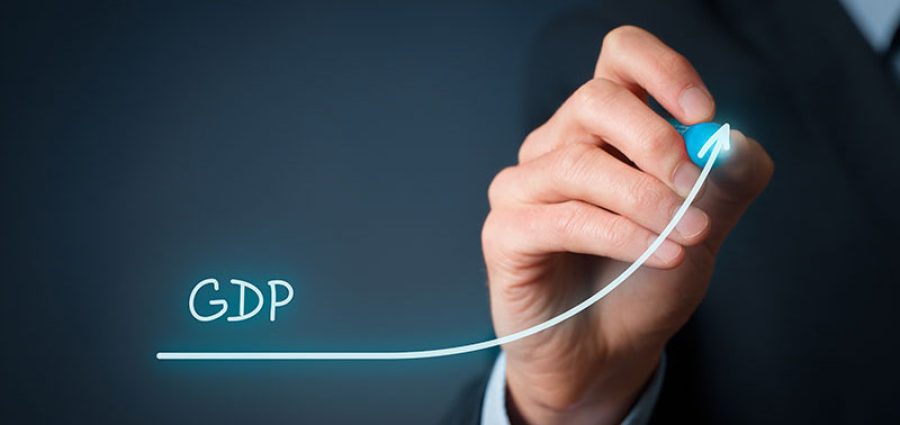Real gross domestic product increased at an annual rate of 2.1% in the fourth quarter of 2019, according to the “advance” estimate released by the Bureau of Economic Analysis. In the third quarter, real GDP increased 2.1%.
The increase in real GDP in the fourth quarter reflected positive contributions from personal consumption expenditures, federal government spending, state and local government spending, residential fixed investment, and exports, that were partly offset by negative contributions from private inventory investment and nonresidential fixed investment. Imports, which are a subtraction in the calculation of GDP, decreased (table 2).
Real GDP growth in the fourth quarter was the same as that in the third. In the fourth quarter, a downturn in imports, an acceleration in government spending, and a smaller decrease in nonresidential investment were offset by a larger decrease in private inventory investment and a slowdown in PCE.
Current dollar GDP increased 3.6%, or $191.7 billion, in the fourth quarter to a level of $21.73 trillion. In the third quarter, GDP increased 3.8%, or $202.3 billion.
The price index for gross domestic purchases increased 1.5% in the fourth quarter, compared with an increase of 1.4% in the third quarter. The PCE price index increased 1.6%, compared with an increase of 1.5%. Excluding food and energy prices, the PCE price index increased 1.3%, compared with an increase of 2.1%.


